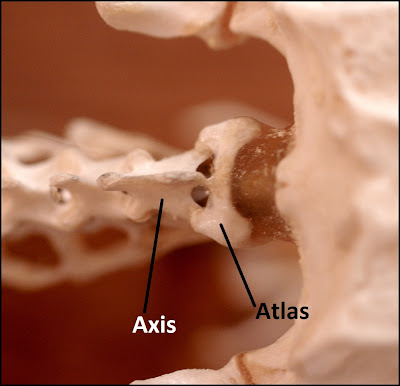The order Crocodylia arouse in the Late Cretaceous. A few of the important features of this order are the elongate toothed snout, bony deposits in the dermal layers of the skin (osteoderms), and a semi-aquatic/aquatic lifestyle. Crocadylia have internal fertilization, build and guard nests, direct development within the egg, and demonstrate parental care.
 There are three superfamilies within this order: Gavialoidea, Alligatoroidea, and Crocodyloidea. Gavialoidea have very long and slender snouts. Two known species are still alive today: Tomistoma schlegelii (False gharial) and Gavialis gangeticus (True gharial). The superfamily Alligatoroidea includes Alligators and Caimans, which have broad jaws with teeth that are held inside the mouth when it is closed. Crodcodiles and Dwarf crocodiles in Crocodyloidea vary in size, but can get very large, up to 7 m in length! They have broader snouts than Gharials, and their 4th mandibular tooth lies outside of their mouth when closed.
There are three superfamilies within this order: Gavialoidea, Alligatoroidea, and Crocodyloidea. Gavialoidea have very long and slender snouts. Two known species are still alive today: Tomistoma schlegelii (False gharial) and Gavialis gangeticus (True gharial). The superfamily Alligatoroidea includes Alligators and Caimans, which have broad jaws with teeth that are held inside the mouth when it is closed. Crodcodiles and Dwarf crocodiles in Crocodyloidea vary in size, but can get very large, up to 7 m in length! They have broader snouts than Gharials, and their 4th mandibular tooth lies outside of their mouth when closed.First, we looked at the post-cranial bones of the skeleton.

Here is an alligator skeleton with each of the regions of the vertebral column labeled. We looked at the vertebrate closely in order to identify specific features, such as the transverse process, neural arch, neural spine, and postzygapophysis.
The Cervical Region

To the left is an Alligator skeleton, dorsal view of the cervical vertebrate. Labeled are the cervical vertebrate that make up the atlas/axis complex.
The Thoracic Region

These thoracic vertebrae have ribs that articulate with the transverse process. Parapophyses and diapophyses articulate with the rib heads, tuberculum and capitulum, as you can see on the left.
The Sacral Region

Just a few of the visible parts of this region of the skeleton. The sacrum is made up of 2 vertebrae, boxed to the left. The ilia articulate with broad transverse processes.

The pelvic girdle and hind limb of the alligator. We also practiced memorizing the anatomy of the pectoral girdle and forelimb.
Cranial bones of the skeleton

This picture on the left is hard to see in the smaller view, but if you click on the picture it will make it easier to see all of the details of the bone structure.

Some of the bones of the ventral view of the skull. Click on it for a better view. From this view it is fairly easy to see the thecodont dentition characteristic of crocodilians, where the teeth are in a bony socket.
Snout Morphology

This first crocodilian is the African Slender-Snouted Crocodile, Crocodylus cataphractus. Juviniles feed on invertebrates, such as insects. Older individuals feed on crustaceans, frogs, birds, fish and small mammals.
This second skull is an American alligator (Alligator mississippiensis). This species is an opportunistic feeder and consumes a variety of prey such as mammals, fish, birds, turtles, snakes, snakes, amphibians.
This third skull is the Broad-snouted caiman (Caiman latirostris). Depending on it's size, it can feed on a wide variety of invertebrates, but larger individuals can crush the shells of turtles and snails.
Reproduction

Crocodilians undergo internal fertilization during reproduction. The male has a "penis" (not homologous to the mammal penis) that is visible when we opened the cloacal slit with forceps.
Identifying Crocodilians to Family
The families can be determined by the pattern of osteoderms posterior to the eyes. The specimens in the lab were determined to be Caimans (Family: Alligatoridae, Subfamily: Caimaninae)

No comments:
Post a Comment